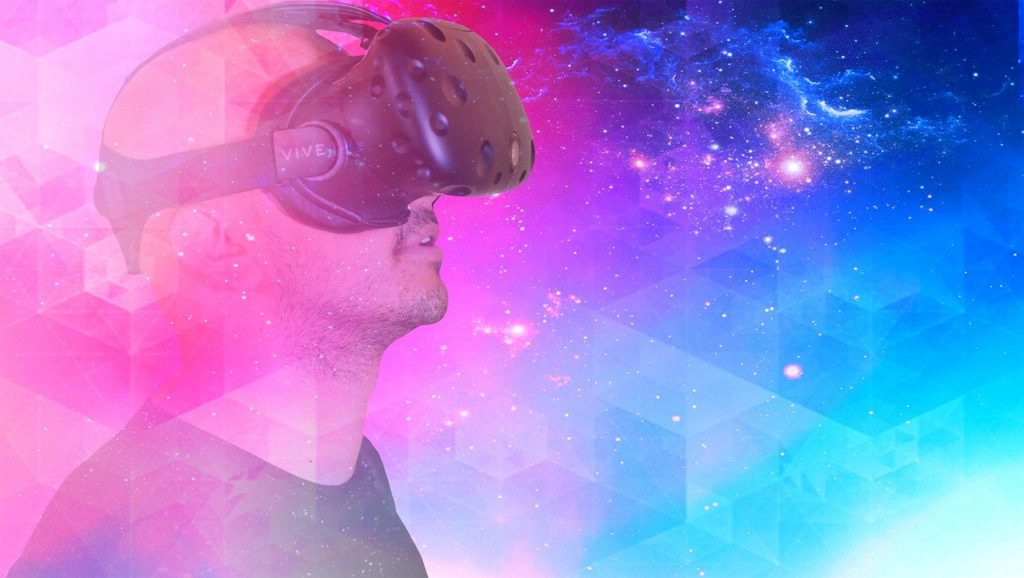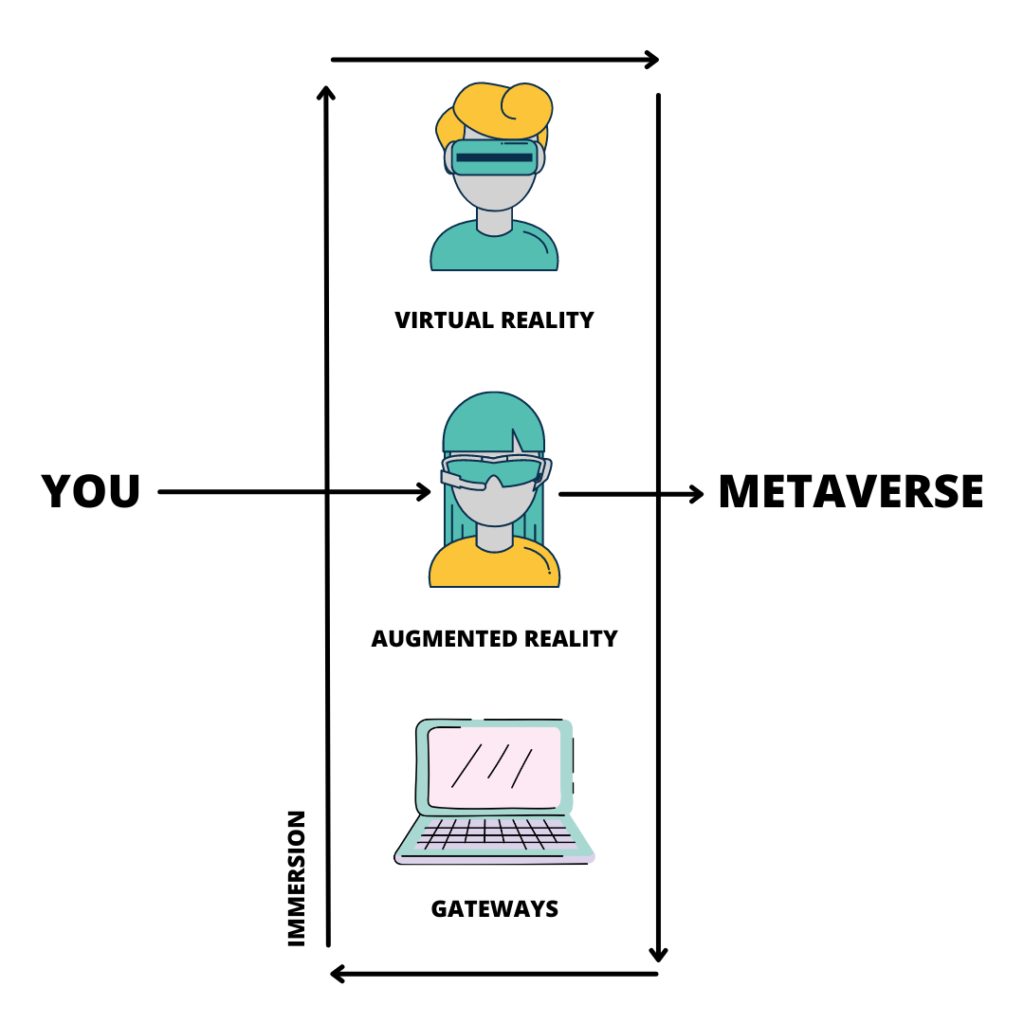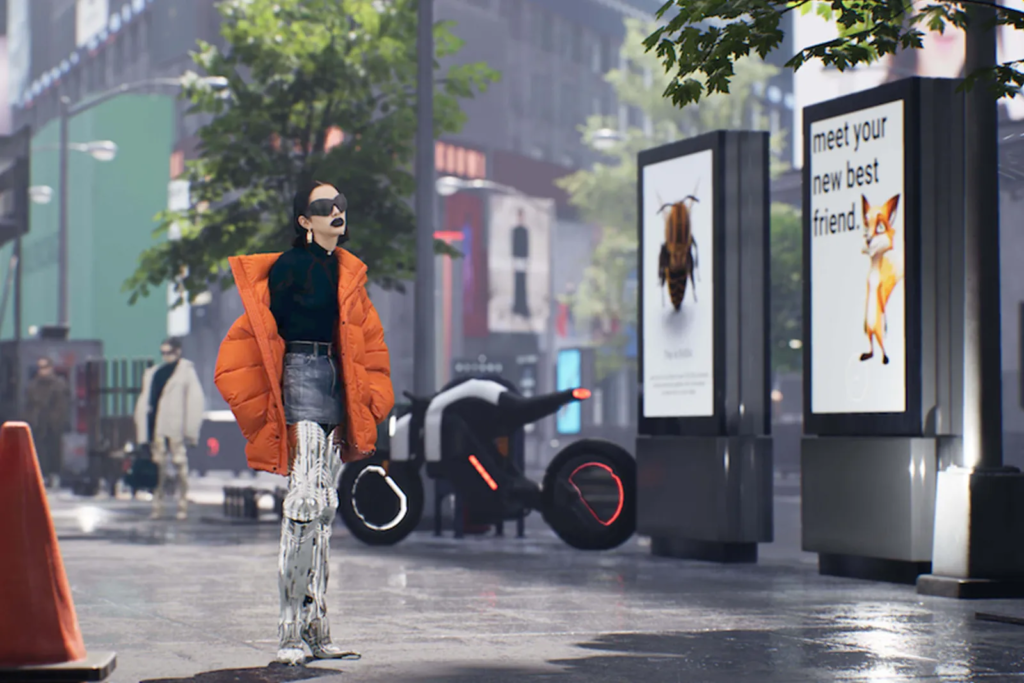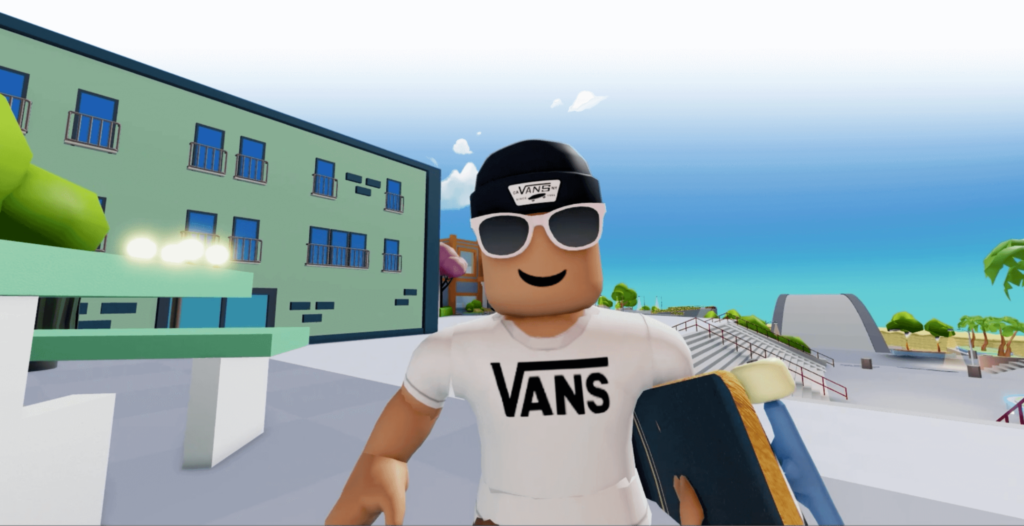
With over 4.8 billion users currently on the internet across the globe, the digital world as we once knew it continues to adapt to accommodate modern forms of interaction and communication across the social sphere.
As e-commerce booms and social platforms multiply, it’s clear that a digitally native world is only around the corner. With the demand for all things digital consistently growing, the demand for tech and design innovation comes hand in hand.
As virtual evolution continues to become more prominent on the back of new forms of VR/AR technology revolutionizing the online sphere, user experience has become key essential as we form our relationship with new technology. As new software continues to extend the capabilities of digital immersion, it’s no surprise that UX has become a hot topic for virtual reality experts.
As we see consumers shift from users to players as the metaverse era begins, traditional forms of marketing continue to become redundant. From content design and 3D tools to new communication interfaces that promote immersion, read on to find out how the metaverse could change UX design like never before.
What Is The Metaverse?
So what is the metaverse? We’ve all heard the term thrown around on tech platforms and during Mark Zuckerberg’s Meta reveal, but what does this actually mean for the UX designers who will need to pave the way for the future of effective marketing online?
The term metaverse was first mentioned in the 1992 science fiction novel, Snow Crash, written by Neal Stephson. Using the word metaverse to describe his image of a 3D world that users could virtually exist in, he predicted that technology would one day enable us to live in a real-time, online environment that we could change, grow and interact within.
In the modern-day, the Influencer Marketing Hub defines the metaverse as “something that is always active, exists in real-time, players have individual agency, it’s a self-contained and fully functioning universe and contains user-generated content.”
As we toy with this shift from consumers to players in a user-generated content-dominated online environment, it’s clear that the metaverse will continue to transform consumer attitudes and demand a more active user experience design across a number of sectors.
From e-commerce and the corporate market to gaming and entertainment, it’s clear that the metaverse expects more of marketers, but just how much could this revolutionize the industry?
How It Will Change The Future Of Marketing?
For smart marketers, the metaverse could be a game-changer in regards to gaining exposure and boosting revenue online. As VR continues to slot itself into a number of sectors across the globe, the metaverse’s advertising potential is infinite.

The key here is prioritizing new forms of immersive design and smart consumer content that can not only easily insert itself into the virtual world but encourage consumers to interact and communicate with it.
Especially for Gen Z demographics, where 87% of young users are already interacting with current metaverse platforms such as Fortnite from the comfort of their smartphones, the benefits quickly outweigh the costs for companies aiming to gain exposure. In fact, providing an immersive experience within the metaverse that enables a player to connect and interact with a virtual version of a product or service will translate into higher conversion rates in the real world.
For example, the London startup fashion agency, Dimension Studio saw their profits double in 2021 as a result of experimenting with new forms of UX marketing in the metaverse. The User Experience focused company that specializes in the future of volumetric content and creating immersive experiences within the metaverse is one of the first pioneers in the future of 3D forms of UX design.
Partnering with Balenciaga’s Afterworld game, they created a new form of virtual production that enabled a player to step onto a platform within a virtual environment and physically test out Balenciaga’s pieces on their augmented avatars.
Using new forms of 3D UX design to their advantage, dabbling within the metaverse has made them $6.5 million in revenue as a result.

Commenting on the success, Metaverse expert, Cathy Hackl stated that the future of marketing and advertising needs to be thought about in 3D.
“The professionals of today need to start thinking in 3D because the professionals of tomorrow will already be thinking in 3D,” commented Hackl in a recent interview with Vogue. “Agencies will need to partner with people that have game design experience and game theory. They’re going to need those people that not only know how to create beautiful things but actually know how to make things work in a gamified way inside virtual worlds.”
What Does This Mean For UX Designers?
It’s clear that UX designers will need to shift their mindset in the wake of the metaverse. Rather than designing for passive consumption, the future will center around active design that encourages consumers to act on their creation and continue to blur the lines between what is real and what is virtual.
Shifting From Users To Players
Designers will need to think of consumers as players, rather than simple users of technology.
In order to improve user experience across online platforms, UX designers need to create a wholly immersive experience that enables a player to live and interact with a virtual world, rather than simply experiencing it.
Immersive design will need to be applied to all forms of UX, even outside of metaverse world-building. This applies to website design, content creation and advertisements too. As the line between the virtual and real continues to blur, designer decisions need to focus on inserting a product, service or advertisement within the metaverse seamlessly. Consumers are much more likely to interact with UX design that feels natural, authentic and consumer-created.
As technology continues to make metaverse players increasingly smart. It’s time for designers and modern marketers, to get smarter.
How To Improve UX Design For The Metaverse
So how can you start preparing for metaverse design? A fully virtual world may only be around the corner, but UX designers still have time to adapt. Here are some of the tweaks you can make to your UX initiative as metaverse design continues to revolutionize the industry.
Start Storytelling With Your Design
The metaverse is massive and is only predicted to expand in the coming years. With a large following comes a large number of experiences across a diverse consumer group. The key for UX designers is finding a way to connect all of these user experiences to create a compelling story that hooks an audience amongst competitors.
Therefore, it’s time to start prioritizing storytelling within your content. In order to gain awareness and exposure, telling a story with your design will not only immerse your consumers but distract them from a product or a service, for a more natural consumer-led experience with your brand.
Better still, learn how to integrate your UX design into their existing virtual stories. Find a way to promote or advertise using an existing narrative within the metaverse.

For example, on gaming platforms such as Roboblox, skateboarding brand Vans, introduced a skatepark into the metaverse, the purely existed for users to interact with during their own virtual narratives. After seeing 48 million visitors that boosted revenue for the brand outside of the metaverse, story integration can be considered a key tactic for UX designers.
Sit Back And Observe
The metaverse is still relatively new, so a smart move for new UX designers on the block would be to simply sit back and observe.
Take a closer look at your competitors and start user testing. Taking an audit of your current engagement stats, audience characteristics and site analytics using tools such as Google Analytics and Finteza is a great foundation for success.
Designers need to see how their audience currently interacts with the metaverse and understand how their products will behave in new virtual surroundings.
Incorporating 3D tools & VR Design
In order to effectively design for the metaverse, UX professionals are moving towards new 3D modeling alternatives such as Tvori and SketchUp that will enhance modeling and prototyping in a 3D virtual world.
It’s also important for UX and UI designers to get more equipped with the new forms of VR/AR tech on the market. Utilizing elements of augmented and virtual reality within daily life will allow designers to step into the shoes of their consumers and visualize the image they want to create for immersion success.
The Future of Metaverse
Did you know that 58 million people in the US are currently engaging with at least one form of AR/VR tech at least once a month?
As the demand for virtual immersion online continues to grow in line with the metaverse, traditional forms of marketing just don’t cut it anymore. Interactive experiences and communication are now a must if you want to stay on top of online competitors, and UX design stands at the forefront of this.
On the back of Facebook’s 2021 Meta rebrand and gaming platforms such as Fortnite and Roboblox leading the way, the metaverse is expected to transform consumer advertising and interaction design within the next 5 years.
Where to Learn More
If the terms virtual reality and augmented reality have left your head in a tizzy, then this primer on the Virtuality Continuum will help you understand the difference between AR, VR, MR and XR.
To learn more on designing for AR and VR, check out this online course by Frank Spillers: How to Design for Augmented and Virtual Reality
Check here to learn how to develop for Vision Pro.

Post a Comment